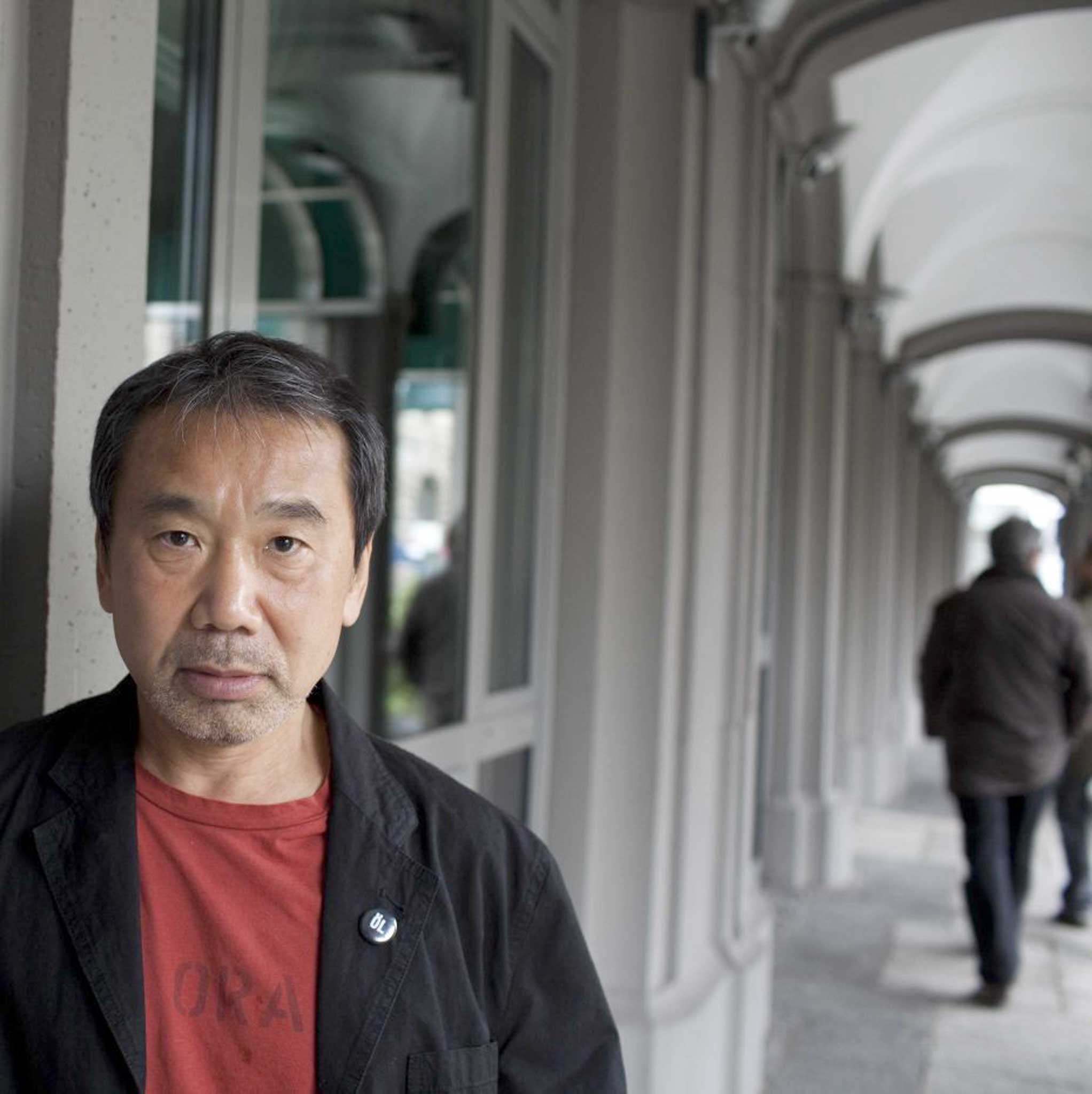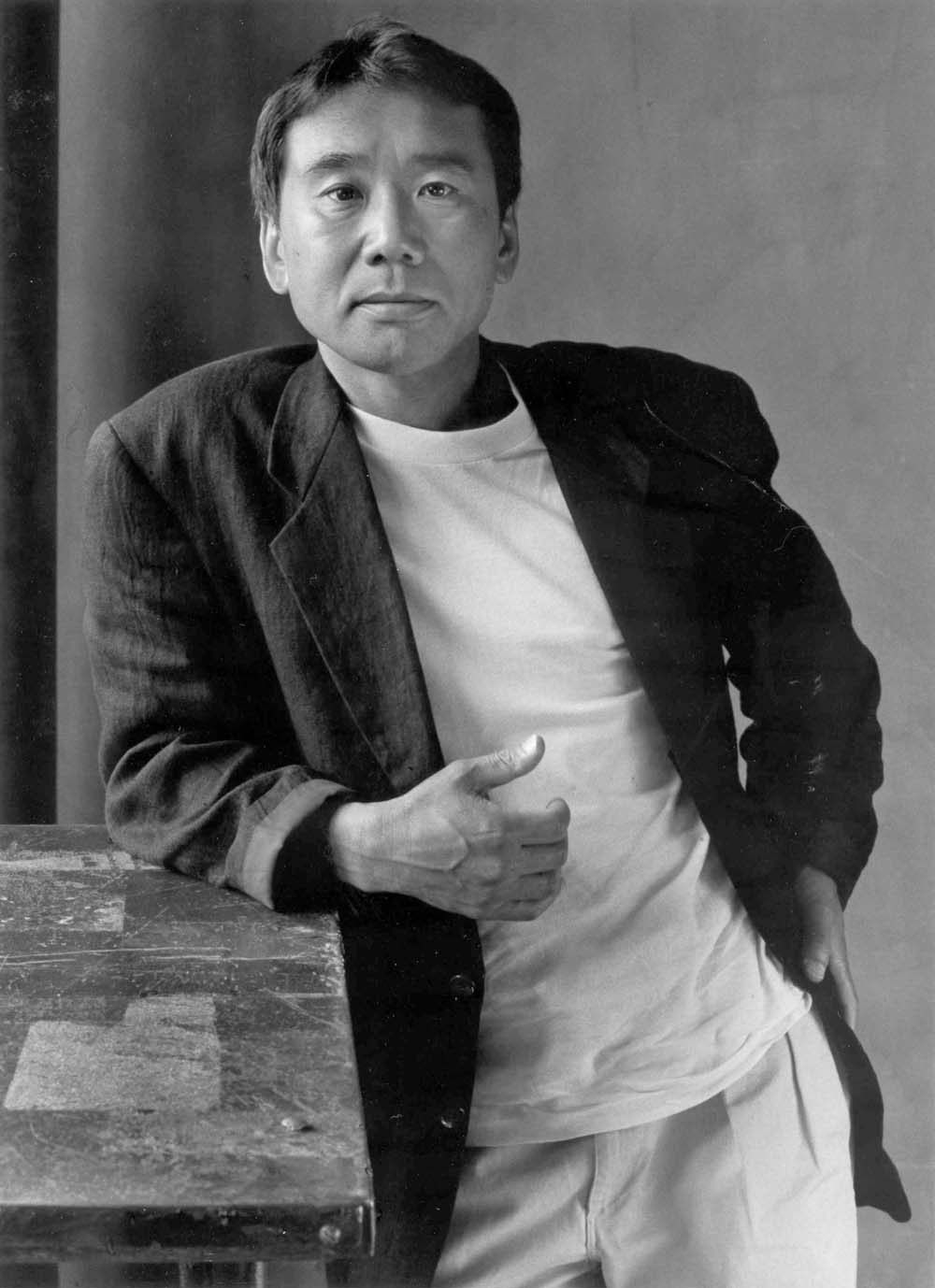


The title character, Tsukuru Tazaki, is “colorless” because he’s the only one among his high school friends whose surname doesn’t include a color: The four others’ last names are Akamatsu (“red pine”), Oumi (“blue sea”), Shirane (“white root”), and Kurono (“black field”), while Tazaki means “many peninsulas.” Just like a gang of kids in a YA series, each of Tsukuru’s friends has his or her own distinguishing characteristics. It focuses on the topic of friendship, especially the sadness of a friendship ending. It’s decidedly tethered - though tenuously at times - to reality, and lacks the density of detail of previous books. Murakami often alternates between writing long, complicated novels and telling quieter stories - for every Wind-Up Bird Chronicle, there’s a Sputnik Sweetheart - but Colorless Tsukuru Tazaki may be his most unassuming work of fiction yet. If 1Q84 was Murakami turned up to 11, his latest, Colorless Tsukuru Tazaki and His Years of Pilgrimage, turns the volume almost all the way down. In a profile of Murakami for The New York Times Magazine, Sam Anderson wrote “It is a book full of anger and violence and disaster and weird sex and strange new realities, a book that seems to want to hold all of Japan inside of it - a book that even despite its occasional awkwardness (or maybe even because of that awkwardness), makes you marvel, reading it, at all the strange folds a human brain can hold.”

With 1Q84, Murakami seemed determined to expand the possibilities of serious literature.

The last time Haruki Murakami wrote a book, it was 1157 pages long. Perhaps you're in the mood for the latest by Haruki Murakami, the rare author who's both a bestseller and a Nobel bookmakers' favorite.Ĭolorless Tsukuru Tazaki and His Years of Pilgrimageīy Haruki Murakami translated from the Japanese by Philip Gabriel It's been a long week, and now you deserve to have one day when you can curl up with a good book – let's call it Lit-urday.


 0 kommentar(er)
0 kommentar(er)
